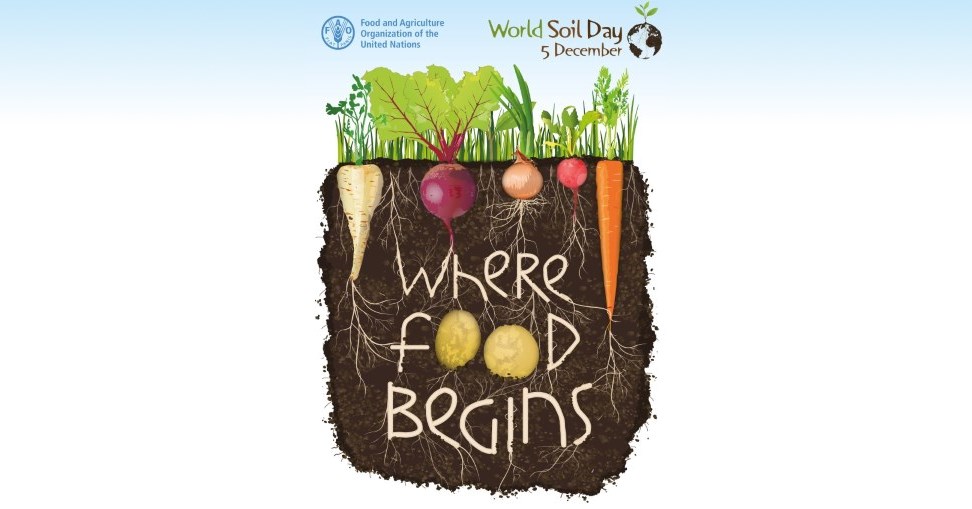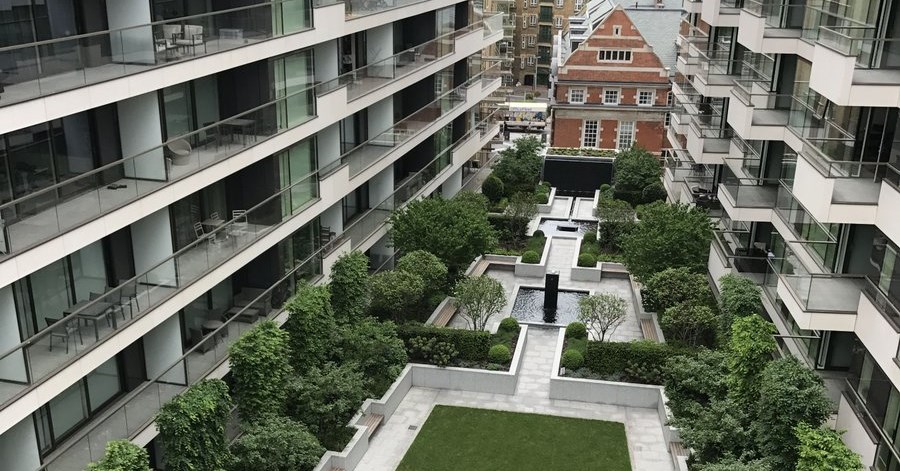On Friday, it's time for the annual BALI National Landscape Awards - the main awards event in the industry. The lunch and awards presentation are held at the Great Room, Grosvenor House and apparently, all tickets are sold out. The Great Room is one of the biggest venues in London, with a seating capacity of 1500+, so that gives an idea of the scale of this event.
Emma, Drew, Alex and I are hosting a table for a small number of friends in the business. For me, it will be an occasion to meet some more industry figures and at least exchange business cards with them - although I suspect the sound level will prevent any major marketing deals being done!
Expect tweets on the day and a full report here, next week.
First in an occasional series of definitions
A great deal of this business is about soil, and the wondrous many varieties thereof. To understand the differences, we shall have to dig a bit deeper (sorry) and take a look at some defining characteristics.
In general terms, the solid content of soil is a mixture of mineral particles and organic matter. (There will be air and water in there too, as anybody buying the stuff by weight will tell you.) For this post, let's look at the mineral contents.
The hard, inorganic stuff in soil consists of various kinds of rock, ground down by the action of weather and plant roots over the millennia. Obviously, the type of rock will have an impact on the speed with which the breakdown process progresses, as well as on the ultimate size of the resulting particles and their chemical composition. This is why soil and sand varies from location to location - if the exact specification of your soil is important, then you must look for an analysis of material from your specific source.
Mineral particles are defined by their size and are known as sand if bigger than 0.05mm (and if they are bigger than 2mm, then they are gravel and don't belong in soil at all). Particles smaller than sand but bigger than 0.002mm are called silt, whereas even smaller particles are clay. You can easily feel the difference by touch - clay compacts if you squeeze it, silt feels silky and smooth, while sand feels gritty. The mix of sand,silt and clay will determine how well the soil drains - or retains moisture, depending on how you look at it. The bigger the particles, the more free-draining.
In the next post in this series, we'll take a look at the organic content of soil.
Near Esher, (where I was going the following day for the Futurescape exhibition), we stopped to load 26 cubic metres of woodland mulch. John's skill with the grab was very much in evidence as he not only loaded from the main pile of mulch at the yard, but also tidied up bits of mulch which had been strewn about and very neatly packed down the mulch in the lorry to ensure a full load, while avoiding spreading the top layers all over the M25 when we later got up to full speed...
Compared to the morning drive, we had a much easier run back to Newenden, where I got off after 9 interesting hours, with a new perspective on driving, traffic and the London roads network!


